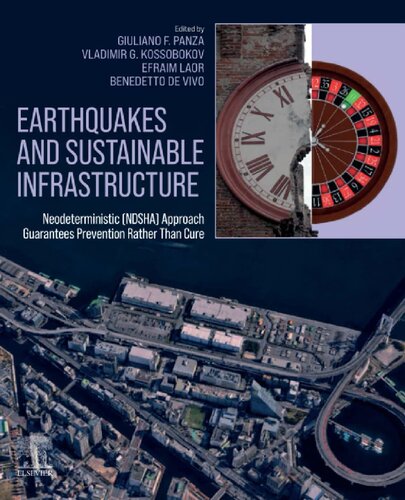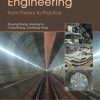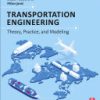Earthquakes and Sustainable Infrastructure. Neodeterministic (NDSHA) Approach Guarantees Prevention Rather Than Cure 1st Edition – eBook PDF
$50.00 Original price was: $50.00.$35.00Current price is: $35.00.
Earthquakes and Sustainable Infrastructure. Neodeterministic (NDSHA) Approach Guarantees Prevention Rather Than Cure – Ebook PDF
Earthquakes and Sustainable Infrastructure. Neodeterministic (NDSHA) Approach Guarantees Prevention Rather Than Cure 1st Edition – Ebook PDF Instant Delivery – ISBN(s): 9780128235034,0128235039,9780128235416, 0128235411

Product details:
- ISBN-10 : 0128235411
- ISBN-13 : 9780128235416
- Author: Giuliano Panza, Vladimir G. Kossobokov, Efraim Laor , Benedetto DeVivo
Earthquakes and Sustainable Infrastructure: Neodeterministic (NDSHA) Approach Guarantees Prevention Rather Than Cure communicates in one comprehensive volume the state-of-the-art scientific knowledge on earthquakes and related risks. Earthquakes occur in a seemingly random way and, in some cases, it is possible to trace seismicity back to the concept of deterministic chaos. Therefore, seismicity can be explained by a deterministic mechanism that arises as a result of various convection movements in the Earth’s mantle, expressed in the modern movement of lithospheric plates fueled by tidal forces. Consequently, to move from a perspective focused on the response to emergencies to a new perspective based on prevention and sustainability, it is necessary to follow this neodeterministic approach (NDSHA) to guarantee prevention, saving lives and infrastructure.
Table contents:
Chapter 1. Hazard, risks, and prediction
Chapter 2. Seismic hazard assessment from the perspective of disaster prevention
Chapter 3. The view of a structural engineer about reliable seismic hazard assessment
Chapter 4. Disaster prediction and civil preparedness
Chapter 5. The integration between seismology and geodesy for intermediate-term narrow-range earthquake prediction according to NDSHA
Chapter 6. Modeling the block-and-fault structure dynamics with application to studying seismicity and geodynamics
Chapter 7. Morphostructural zoning for identifying earthquake-prone areas
Chapter 8. Earthquake forecasting and time-dependent neo-deterministic seismic hazard assessment in Italy and surroundings
Chapter 9. Spreading NDSHA application from Italy to other areas
Chapter 10. S-wave velocity profiling for site response evaluation in urban areas
Chapter 11. A user-friendly approach to NDSHA computations
Chapter 12. Recent applications of NDSHA: seismic input for high rise buildings in Egypt’s New Administrative Capital
Chapter 13. Neodeterministic method to assess the seismic performance of water distribution networks
Chapter 14. Seismic hazard analysis in a historical context: experience at caltrans and elsewhere
Chapter 15. Where there is no science – probabilistic hazard assessment in volcanological and nuclear waste settings: facts, needs, and challenges in Italy
Chapter 16. Seismic hazard and earthquake engineering for engineering community
Chapter 17. Scenario-based seismic hazard analysis and its applications in the central United States
Chapter 18. NDSHA achievements in Central and South-eastern Europe
Chapter 19. Application of NDSHA to historical urban areas
Chapter 20. Insights from neo-deterministic seismic hazard analyses in Romania
Chapter 21. NDSHA in Bulgaria
Chapter 22. NDSHA-based vulnerability evaluation of precode buildings in Republic of North Macedonia: novel experiences
Chapter 23. Seismic characterization of Tirana–Durrës–Lezha region (northwestern Albania) and analysis effort through NSHDA method
Chapter 24. Regional application of the NDSHA approach for continental seismogenic sources in the Iberian Peninsula
Chapter 25. NDSHA applied to China
Chapter 26. Application of neo-deterministic seismic hazard assessment to India
Chapter 27. Neo-deterministic seismic hazard assessment for Pakistan
Chapter 28. Neo-deterministic seismic hazard assessment studies for Bangladesh
Chapter 29. Application of NDSHA at regional and local scale in Iran
Chapter 30. Application of neodeterministic seismic hazard analysis to Sumatra
People also search:
earthquakes and landslides
earthquake infrastructure
sustainability and infrastructure
earthquake resistant infrastructure
earthquakes and subduction boundaries lab answers
earthquakes environmental impact
earthquakes caused by the san andreas fault



